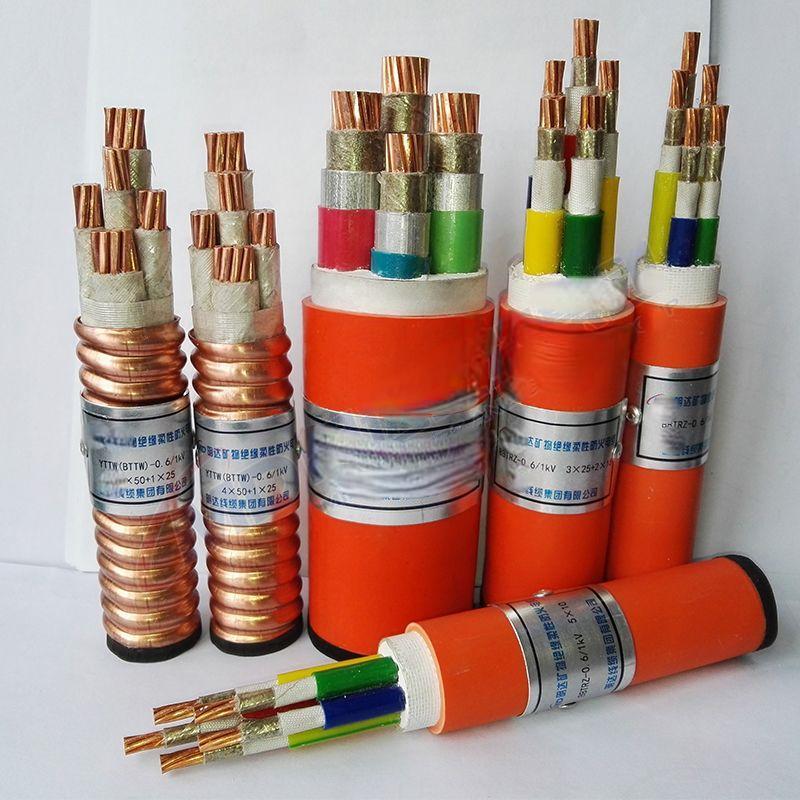Nov . 11, 2024 14:02 Back to list
silent wafer check valve
Silent Wafer Check Valve An Overview
In the realm of fluid mechanics and various industrial applications, the significance of check valves cannot be understated. Among these vital components, the silent wafer check valve stands out for its unique design and functionality. This article delves into the characteristics, benefits, and applications of silent wafer check valves, illustrating why they are preferred in many systems.
What is a Silent Wafer Check Valve?
A silent wafer check valve is a type of non-return valve that allows fluid to flow in one direction while preventing backflow. Its design typically consists of a disc or a flap that opens with forward flow and closes to obstruct reverse flow. The term “silent” refers to the reduced noise associated with its operation compared to traditional swing check valves. This feature is particularly advantageous in residential, commercial, and industrial settings where noise reduction is a priority.
These valves are typically compact and have a lightweight design, making them easy to install in constrained spaces. They are usually sandwiched between two flanges, which allows them to be inserted easily into pipeline systems without requiring additional support or mounting brackets.
Key Features
1. Compact Design The wafer-style configuration allows for a slimmer profile than other check valves, making it ideal for installations where space is limited. 2. Material Versatility Silent wafer check valves are available in various materials, including cast iron, stainless steel, and thermoplastics, making them suitable for a wide range of fluids, including corrosive liquids.
3. Low Pressure Drop These valves are designed to minimize pressure loss in the system, ensuring efficient fluid flow and energy savings.
4. Reduced Noise Unlike traditional valves that may produce significant noise during operation, silent wafer check valves function quietly, contributing to a more pleasant working environment.
5. Easy Maintenance The design of these valves often allows for easy inspection and maintenance, making them user-friendly for operators and maintenance personnel alike.
silent wafer check valve

Benefits
The advantages of utilizing silent wafer check valves are numerous. Their compact design saves space, making them an excellent choice for tight installations. The noise reduction feature is another major benefit; in environments where sound can be an issue—such as hospitals, schools, and residential areas—the ability to minimize operational noise is invaluable.
Additionally, the low-pressure drop characteristic aids in maintaining system efficiency, as it reduces energy costs and enhances the overall performance of the fluid system. The versatility in materials means that these valves can handle a broad spectrum of fluids, making them suitable for various applications ranging from water supply systems to chemical processing.
Applications
Silent wafer check valves are used across many industries and applications. A few notable examples include
- Water Treatment Plants In systems where moving large volumes of water is critical, silent wafer check valves ensure that back pressure does not disrupt operations. - HVAC Systems In heating, ventilation, and air conditioning applications, silent wafer check valves help regulate airflow, contributing to system efficiency and comfort.
- Chemical Processing Because of their robustness and material options, these valves are ideal for transporting corrosive substances without compromising system integrity.
- Fire Protection Systems Silent wafer check valves play a crucial role in ensuring that water can flow rapidly to extinguish fires, while preventing backflow that could compromise the system.
Conclusion
Silent wafer check valves are essential components in modern piping systems, providing a range of benefits including space-saving design, operational efficiency, and noise reduction. Their adaptability to various fluids and environments ensures that they remain a crucial choice for engineers and designers across multiple industries. Understanding these valves’ features and applications can lead to better decision-making in fluid management systems, ultimately enhancing performance and reliability.
Share
-
Reliable Wafer Type Butterfly Valves for Every IndustryNewsJul.25,2025
-
Reliable Flow Control Begins with the Right Ball Check ValveNewsJul.25,2025
-
Precision Flow Control Starts with Quality ValvesNewsJul.25,2025
-
Industrial Flow Control ReliabilityNewsJul.25,2025
-
Engineered for Efficiency Gate Valves That Power Industrial PerformanceNewsJul.25,2025
-
Empowering Infrastructure Through Quality ManufacturingNewsJul.25,2025